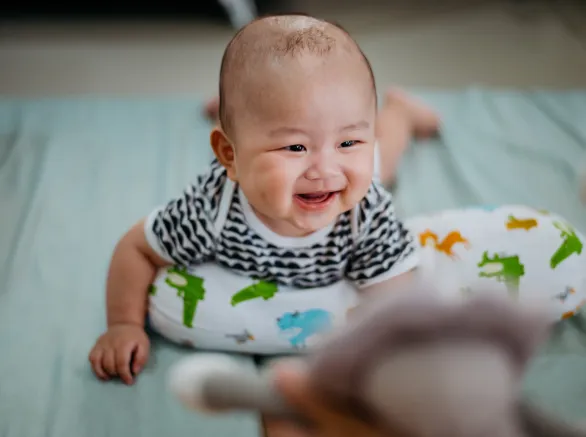

- B.S., Biomedical Engineering, Drexel University, 2010
- M.S., Biomedical Engineering, Drexel University, 2010
- Professional Engineer Mechanical, North Carolina, #056784
- Professional Engineer, New York, #101784
- Professional Engineer, Pennsylvania, #PE088877
- Certified English XL Tribometrist (CXLT)
- Certified Playground Safety Inspector (CPSI)
- Using the 3D Static Strength Prediction Program, The University of Michigan, Center for Occupational Health & Safety Engineering, Ann Arbor, MI, May 2-3, 2013
- Engineering Management Certificate, Drexel University, 2010
- Tau Beta Pi Honor Society
- Kappa Theta Epsilon Honor Society
- ASTM International, F-13 Pedestrian/Walkway Safety and Footwear (member)
- ASTM International, F-15 Consumer Products (member)
- American Society of Biomechanics (member)
- Society of Automotive Engineers (member)
- Malayalam
Mr. George has over a decade years of experience in biomechanics and human injury analysis. He specializes in evaluating the biomechanics of injuries across a wide range of scenarios, including in slip, trip, and fall events, elevator and escalator incidents, interactions involving consumer products, occupational and industrial accidents including falling objects and falls from heights, and all modes of automotive collisions.
Mr. George has utilized his research experience in human gait to analyze individuals negotiating diverse environments including stairways, curbs, and level ground, with a particular emphasis on the role of footwear. As a certified English XL Tribometrist, he has assessed the slip resistance of numerous walkway surfaces and its role on overground walking. Mr. George has extensive experience in evaluating claims of injury during elevator and escalator stop events. During these evaluations, he has extensively utilized inertial measurement units (IMUs) to collect precise data of the motion of occupants, elevators, and escalators to aid in his analyses.
Mr. George has evaluated the safety of a wide variety of consumer products, including juvenile products, virtual reality products, playground equipment, sports equipment, and household appliances for potential hazards associated with the use and misuse of these products. As part of this work, he has designed and conducted numerous studies with volunteer participants to analyze their interactions with these products. Using large-scale incident and injury databases, such as the Consumer Product Safety Commission (CPSC)'s National Electronic Injury Surveillance System (NEISS), he has identified potential hazards and emerging hazard patterns. Mr. George has assessed various accidents to determine the risk of injury to multiple body regions, with extensive expertise in evaluating the injury mechanisms and kinematics of children interacting with juvenile products. His investigations span child restraint systems, toys, handheld carriers, soft infant carriers, slings, swings, bouncers, strollers, highchairs, bassinets, inclined sleepers, infant bedding, activity centers, floor seats, cribs, and beds. Additionally, he has provided expertise in addressing issues related to CPSC inquiries and product recalls.
Mr. George has also evaluated occupant kinematics and injury mechanisms in automobile collisions, including frontal, rear-end, lateral impacts, sideswipes, and rollovers. His work has involved full‑scale vehicle to-vehicle crash testing with anthropomorphic test devices (ATDs). He has analyzed issues related to injury causation to determine whether an injury mechanism is present in a given event and has assessed how the forces experienced by the body during these incidents compare to those encountered in non‑injurious everyday activities.
